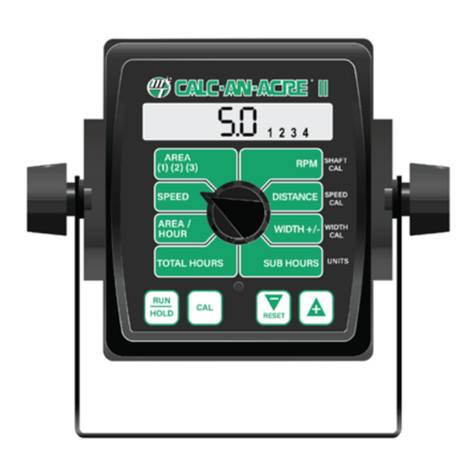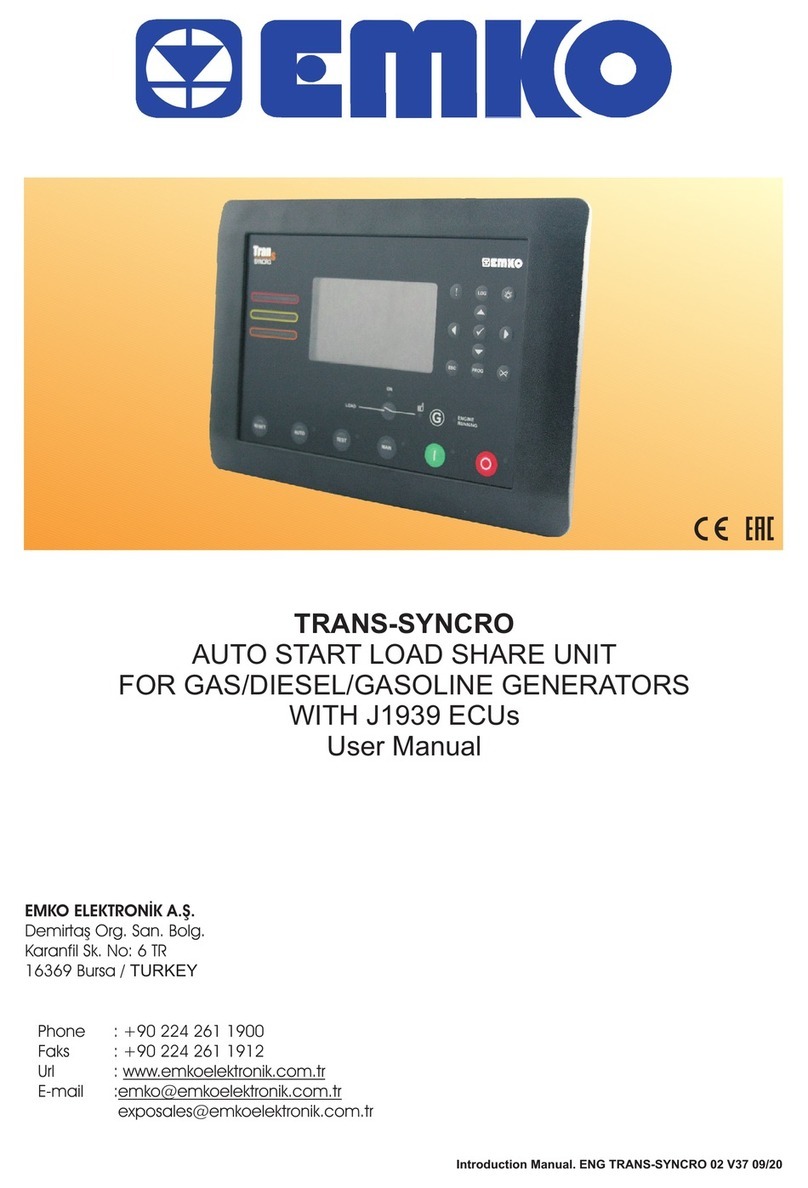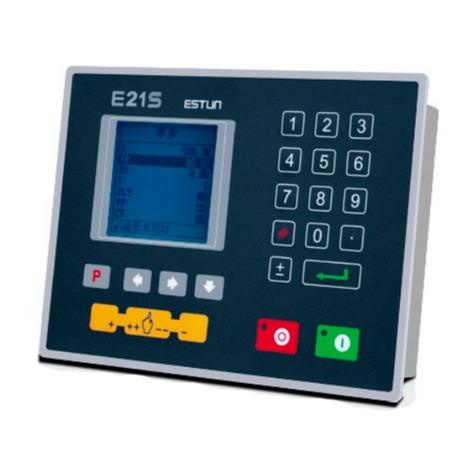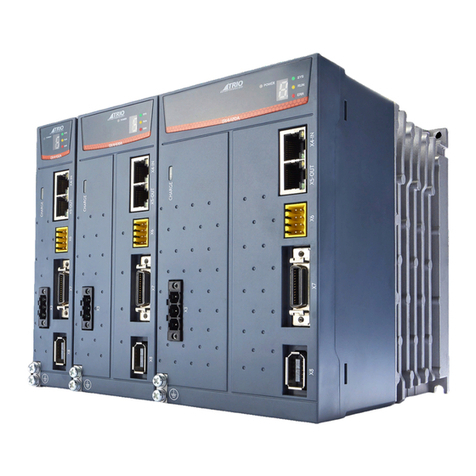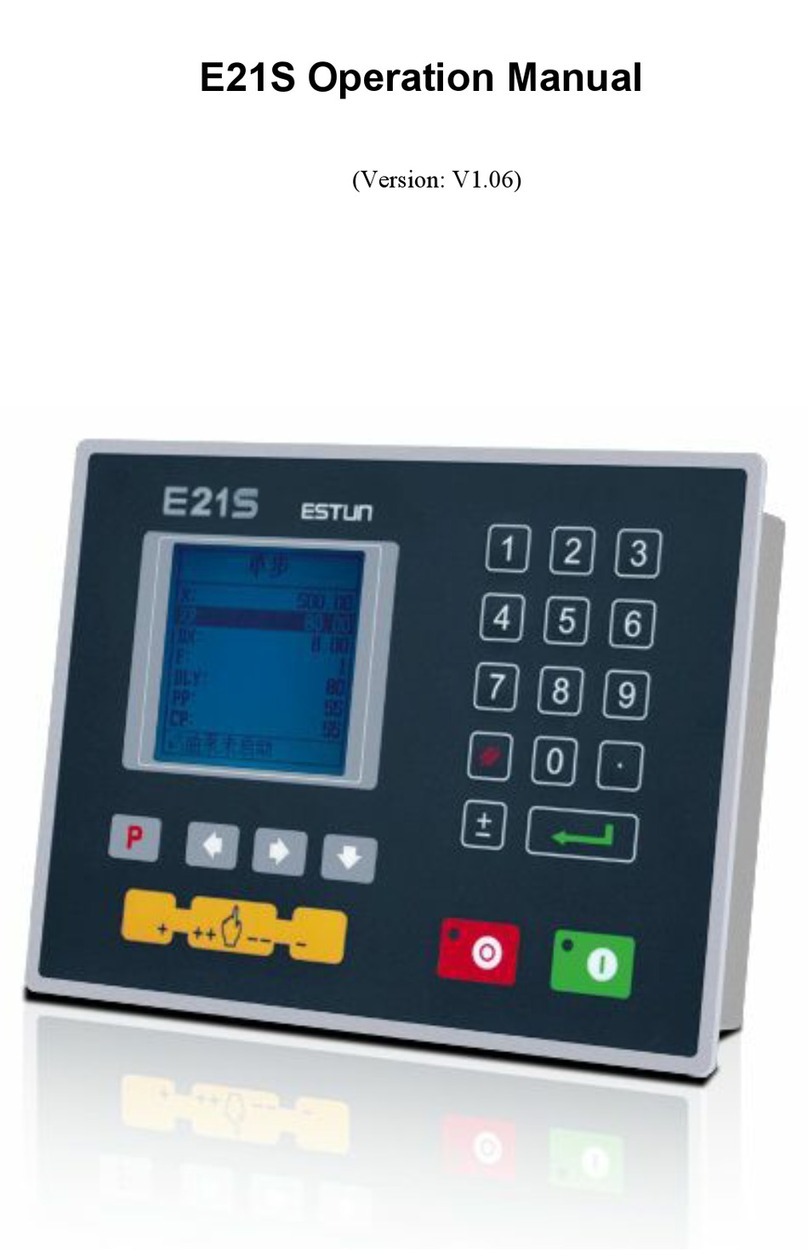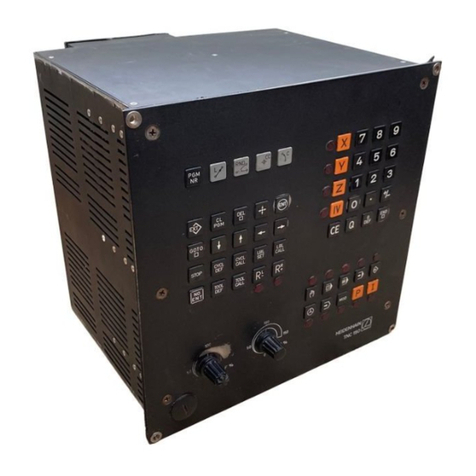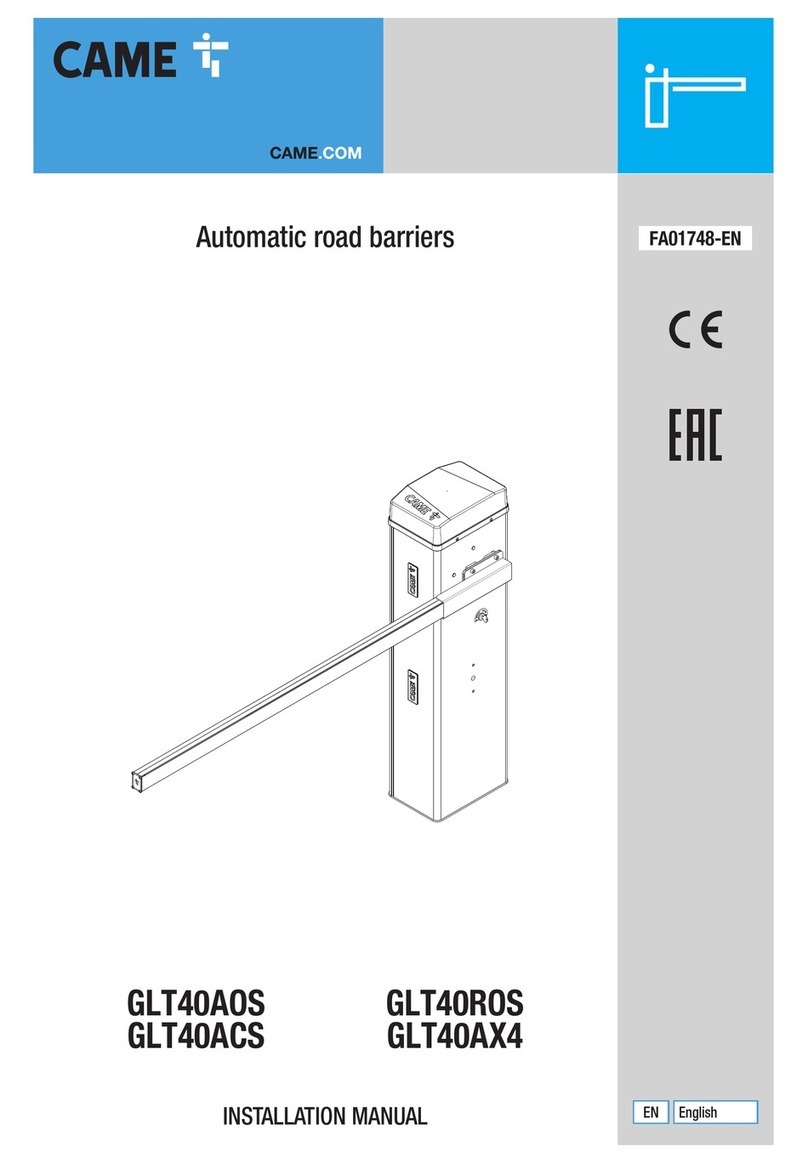
SAFETY PRECAUTION
s-2
Danger notation
Death or serious injury will be expected to occur if the user fails to follow the approved procedure.
Caution notation
Minor or moderate injury of the user or equipment damage will be expected to occur if the user fails to
follow the approved procedure.
Information
A supplementary explanation help users operating the robot more efficiently.
SAFETY OF THE USER
(1) The robot should be transported and installed by accurately following the procedures recommended by ESTUN. Wrong
transportation or installation may cause the robot to fall, resulting in severe injury or damage.
(2) Draw an outline on the floor, clearly indicating the range of safety zone before install the robot. If necessary, install a safety
fence or warning board to ensure the safety operation of the robot and keep unauthorized person outside the safety zone.
(3) Never hang any items above the robot. Failure to observe this caution may result in injury or equipment damage.
(4) Never lean on the controllers, and avoid inadvertently pushing buttons. Failure to observe this caution may result in injury or
damage by unexpected movement of the manipulator.
(5) Take precaution for falling parts when disassemble the robot.
(6) When adjusting each peripheral equipment independently, be sure to turn off the power of the robot.
(7) The peripheral equipment must be grounded.
(8) In the first operation of the robot after installation, the operation should be restricted to low speed. Then, the speed should be
gradually increased to check the operation of the robot.
(9) Operators should be ungloved while manipulating the operator panel or teach pendant. Operation with gloved fingers could
cause an operation error.
(10) Programs, system variables, and other information can be saved on memory card or USB memories. Be sure to save the data
periodically in case the data is lost in an accident.
(11) Never forcibly move the robot axes. Failure to observe this caution may result in injury or equipment damage.
(12) Take precaution when wiring and piping between the controller, the robot and the peripheral equipment. Run the piping,
wiring, or cables through a pit or use a protective cover, so that they are not stepped on by personnel or run over by folklift.
(13) Any robot in working condition may cause severe personnel injury or equipment damage due to unexpected moving. Test
must be performed on each safety measure (safe door, brake, safe indicators, etc.). Before turn on the system, make sure that
no one is in the working space.
(14) Never set motion range or load condition that exceeds the range indicated in specification table. Incorrect setting may result
in personnel injury and equipment damage.
(15) Observe the following precautions when performing teaching operations within the working space of the robot:
Do not enable the system unless the mode is switched to manual, and make sure that all auto-control is cut off.
Speed must be limited under 250mm/s at manual mode. Only authorized person with fully understand of the risks can
adjust the robot to rated speed manually.
Be careful about rotating joints to prevent hair and clothes involved. Take precautions of injury or damage caused by the
manipulator or other auxiliary devices.
Check the motor brake to avoid personnel injuries caused by unexpected situation.
Always have an escape plan in mind in case the robot comes towards you unexpectedly.
Ensure that there is a place to retreat to in case of emergency.



